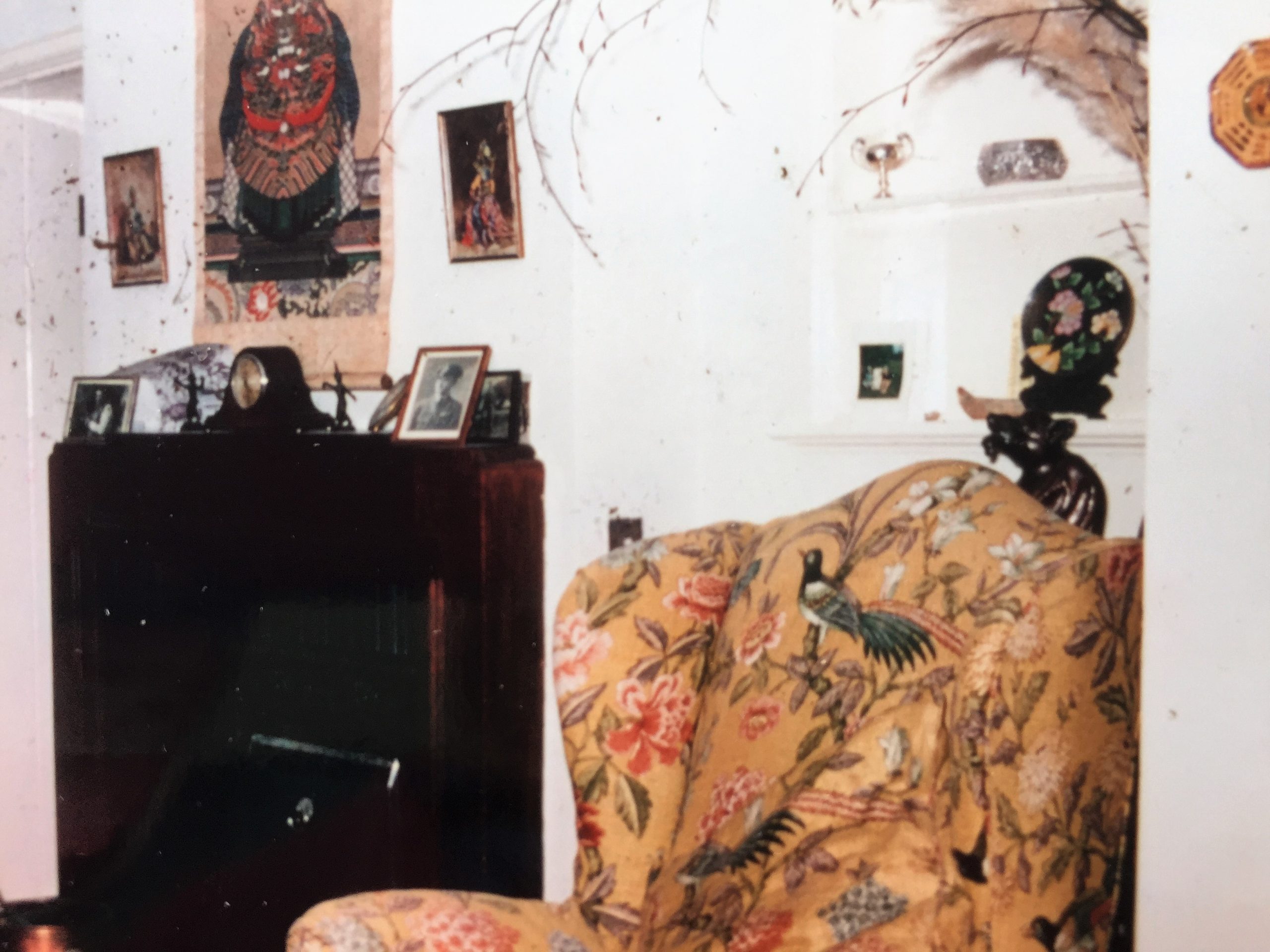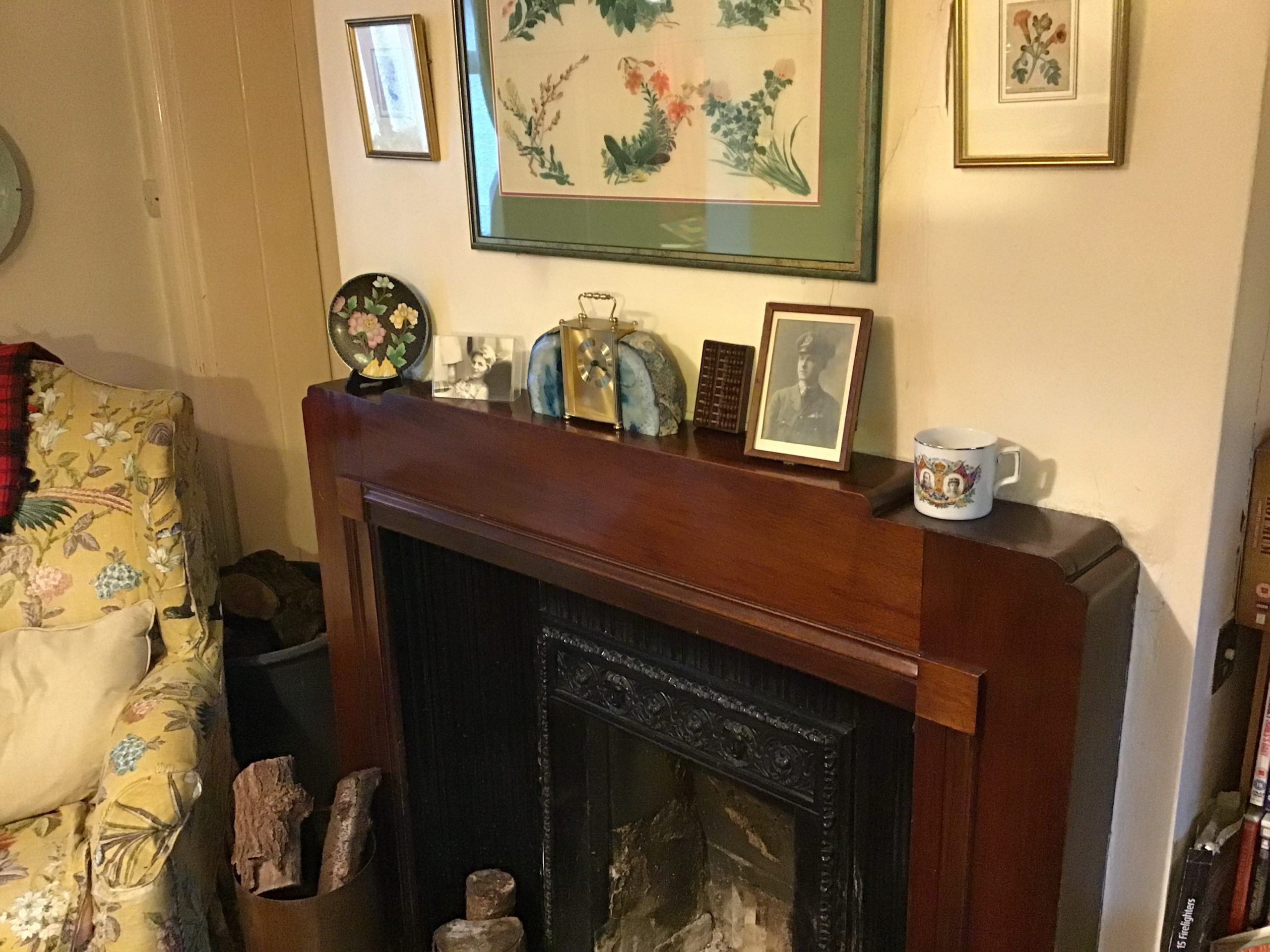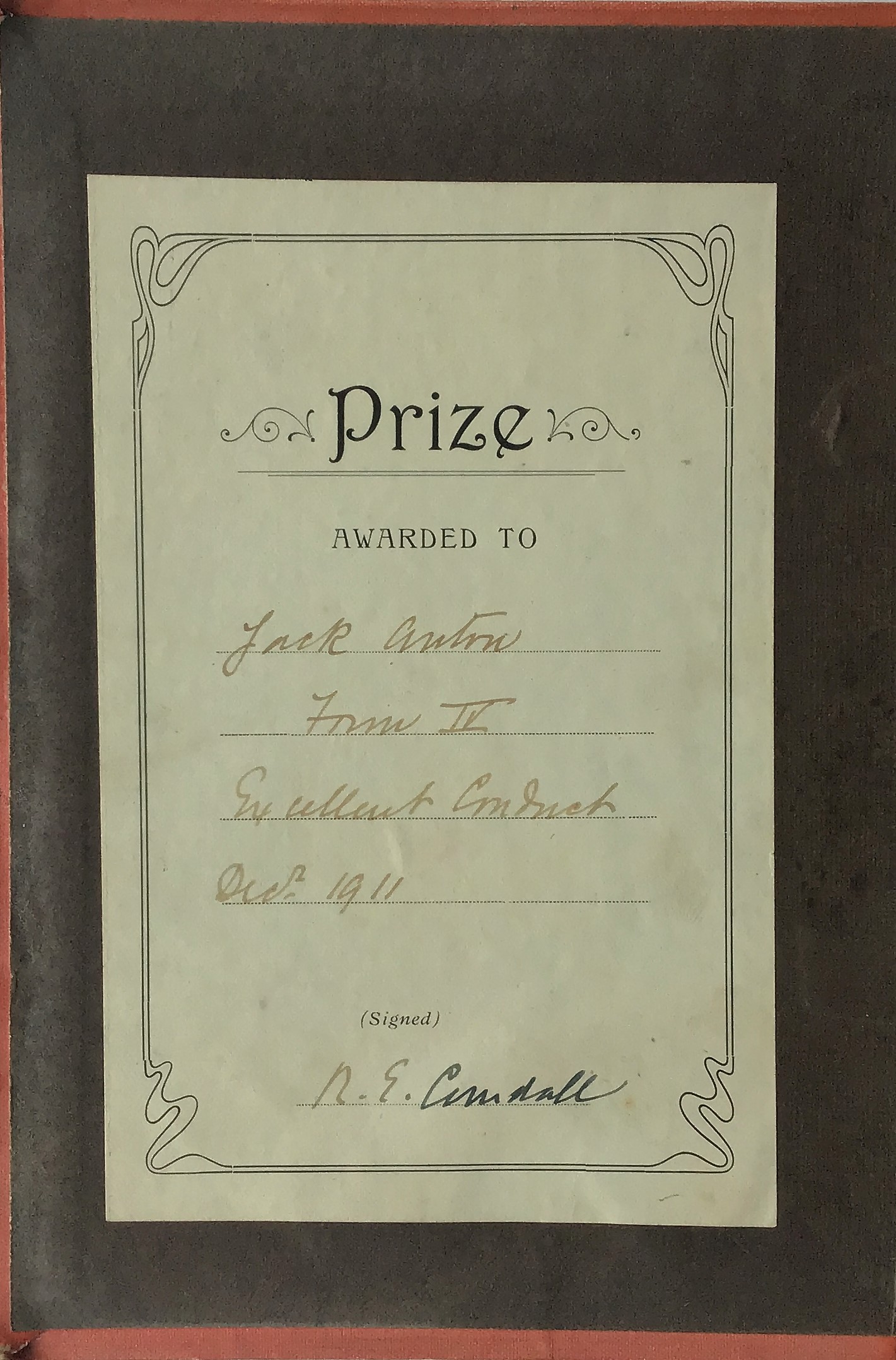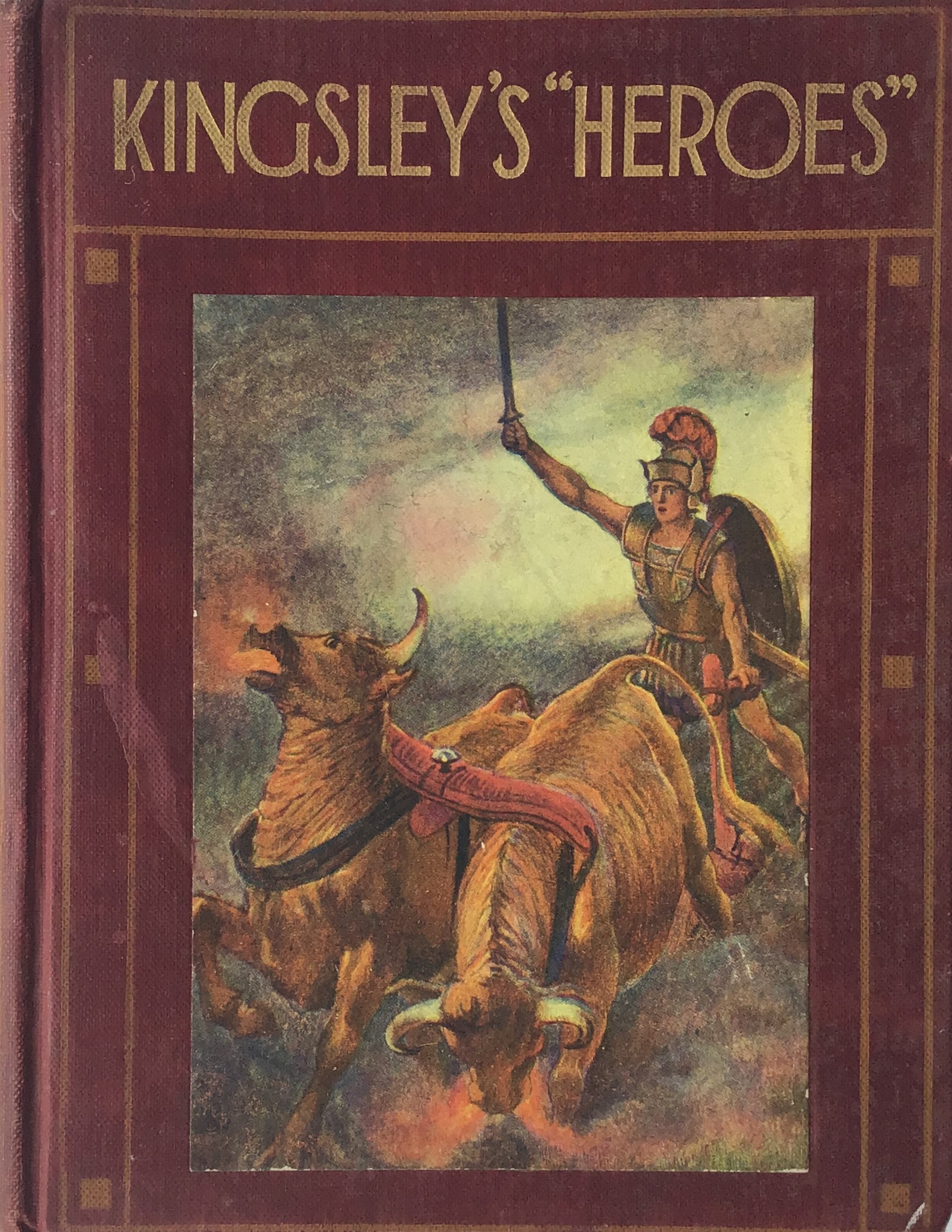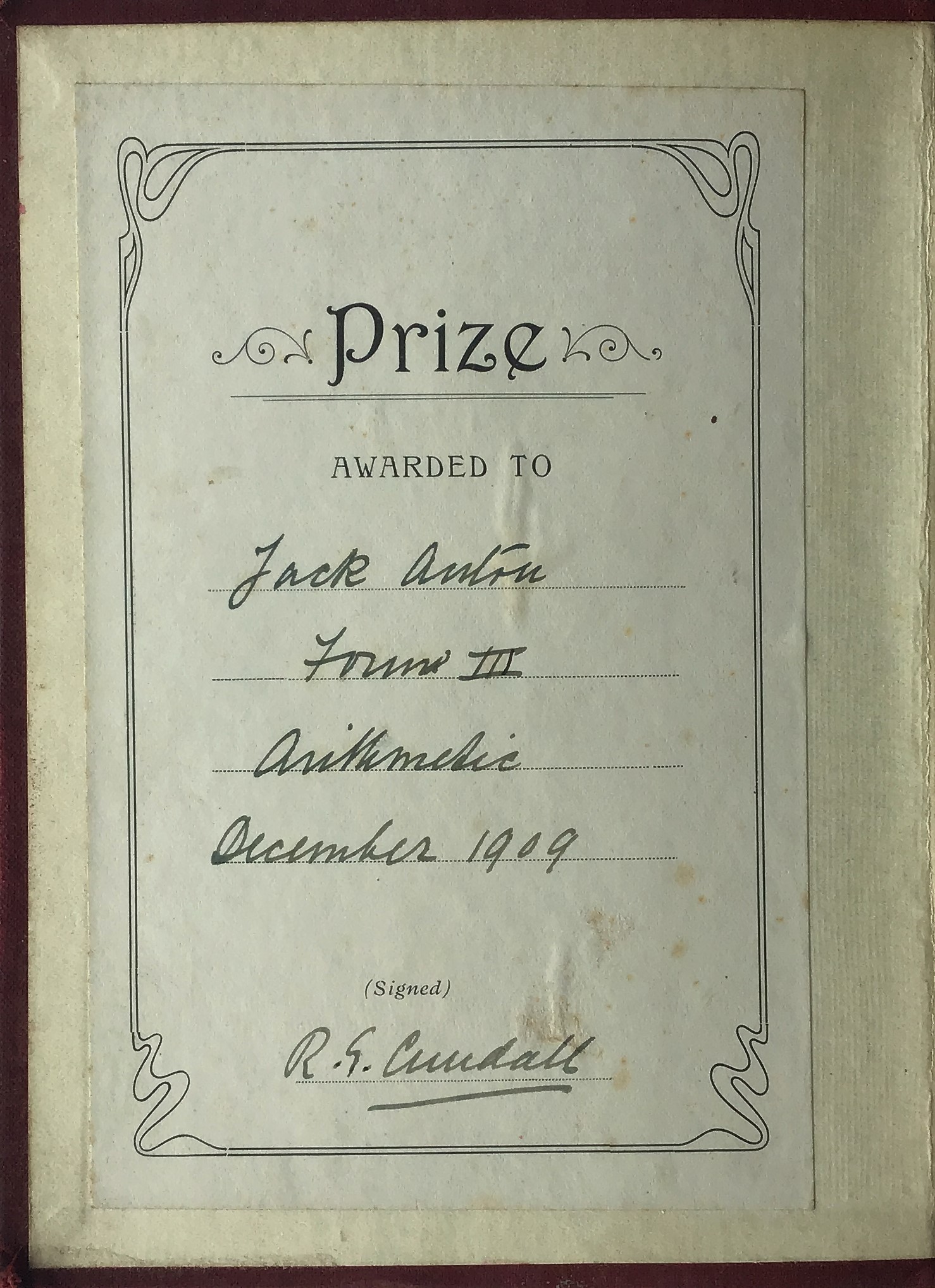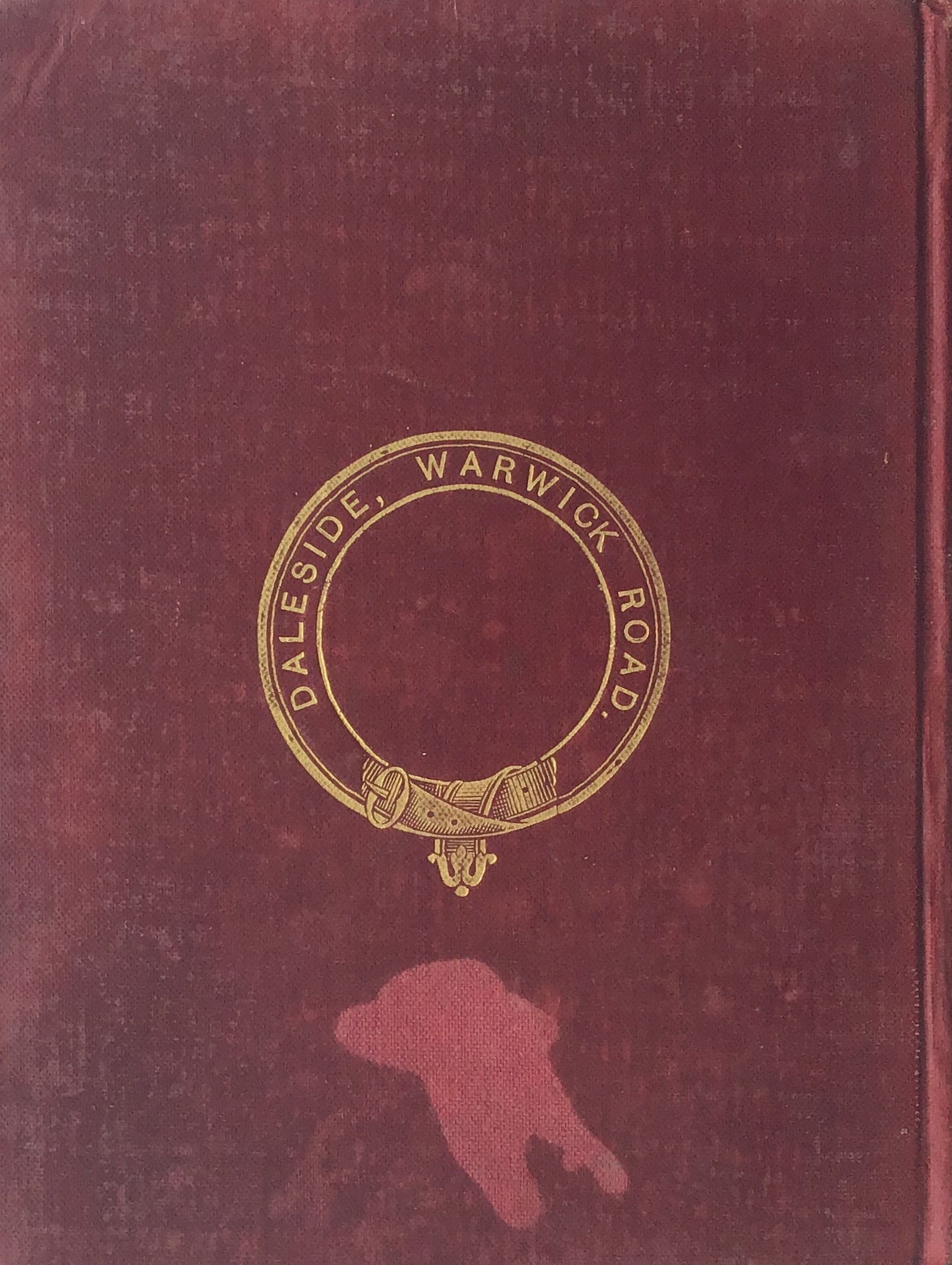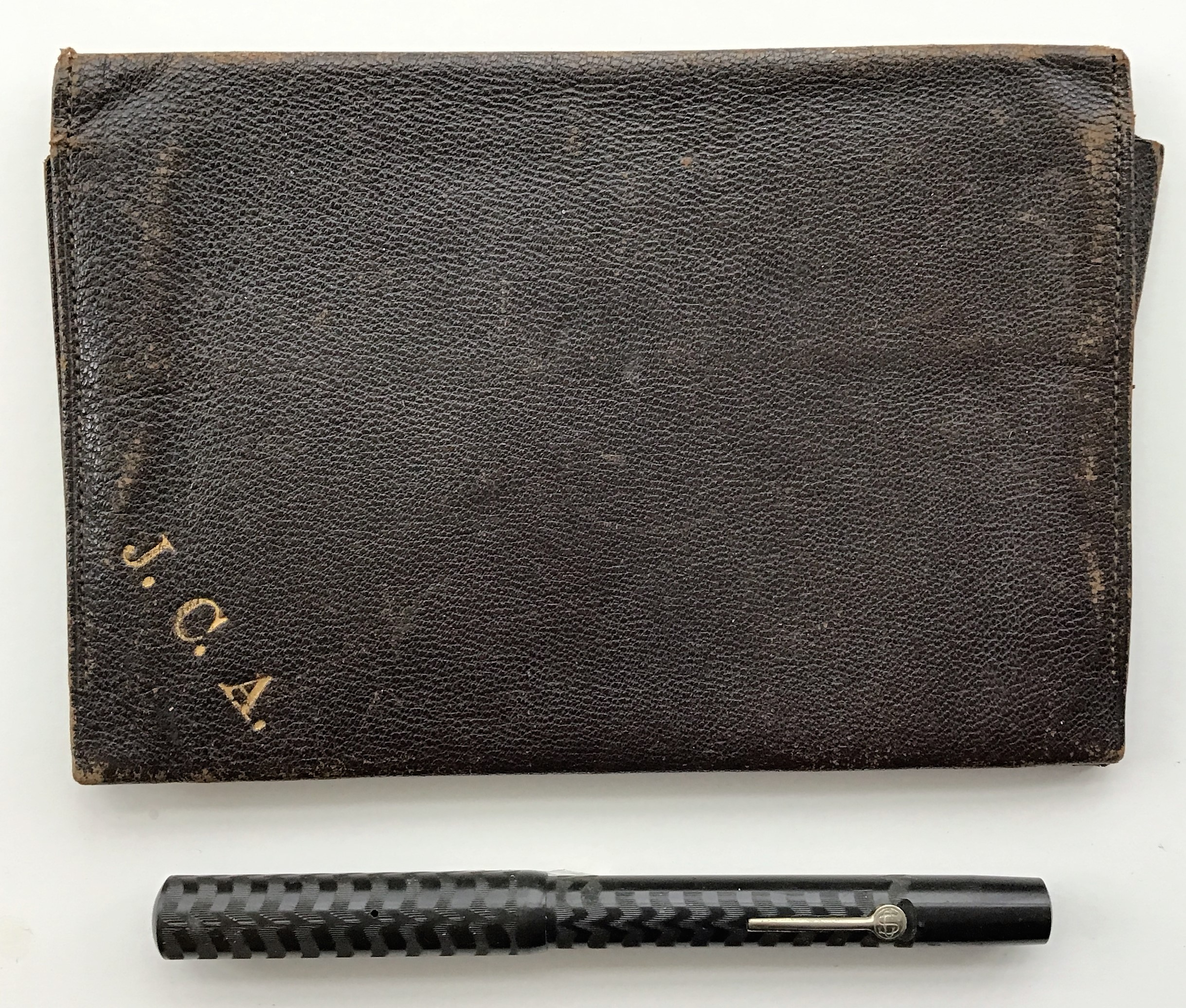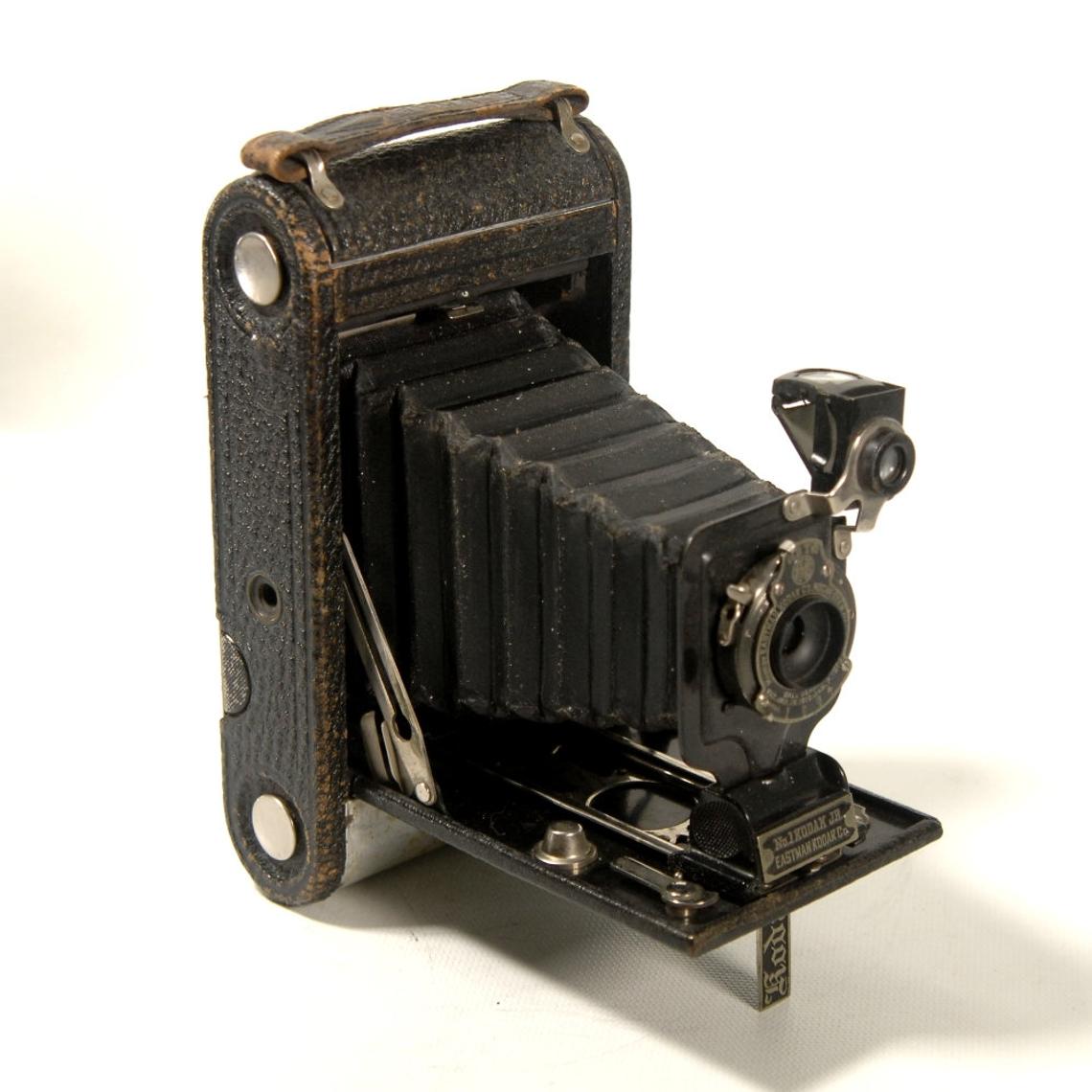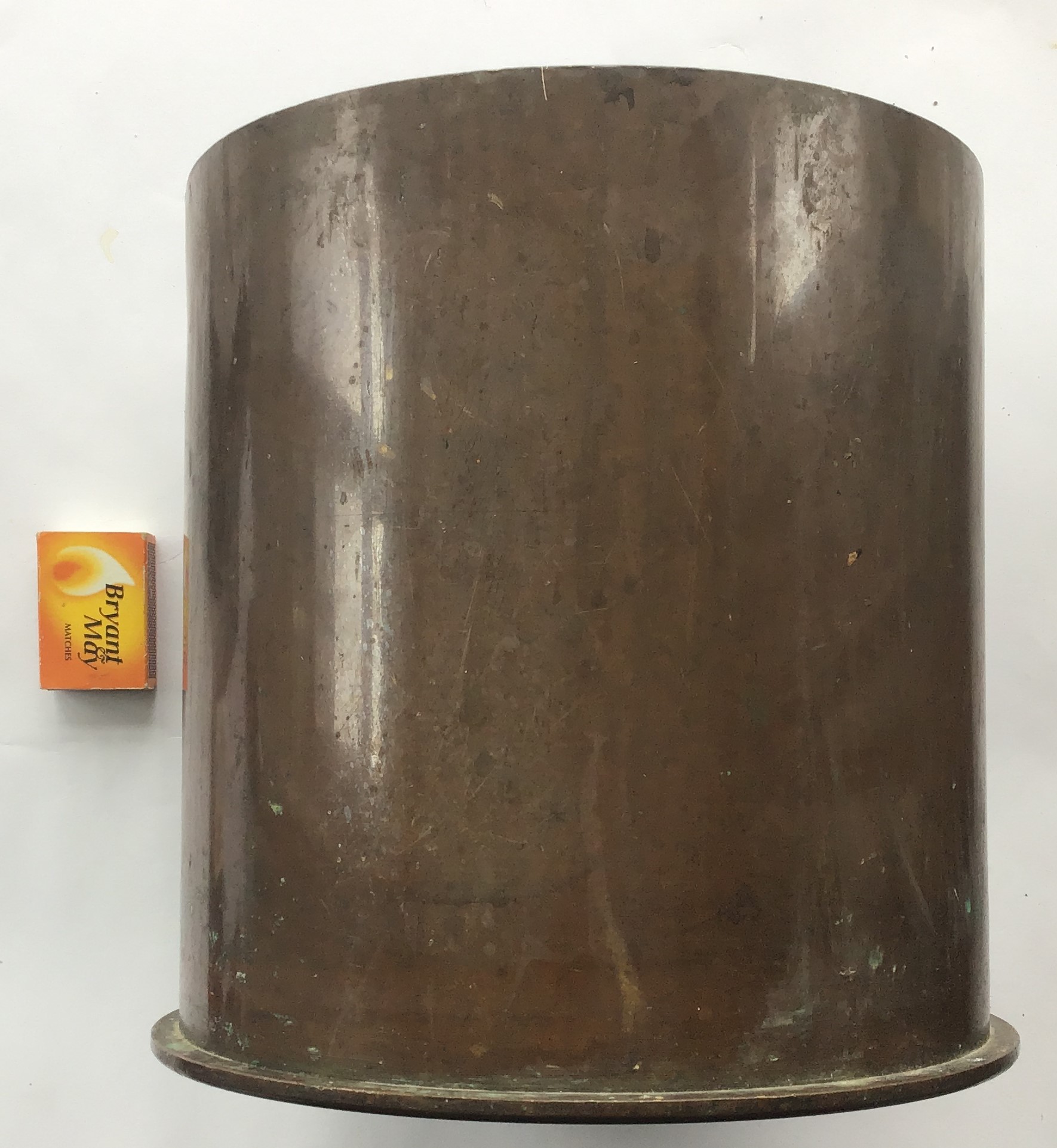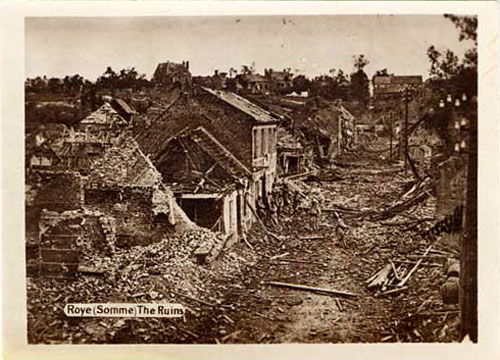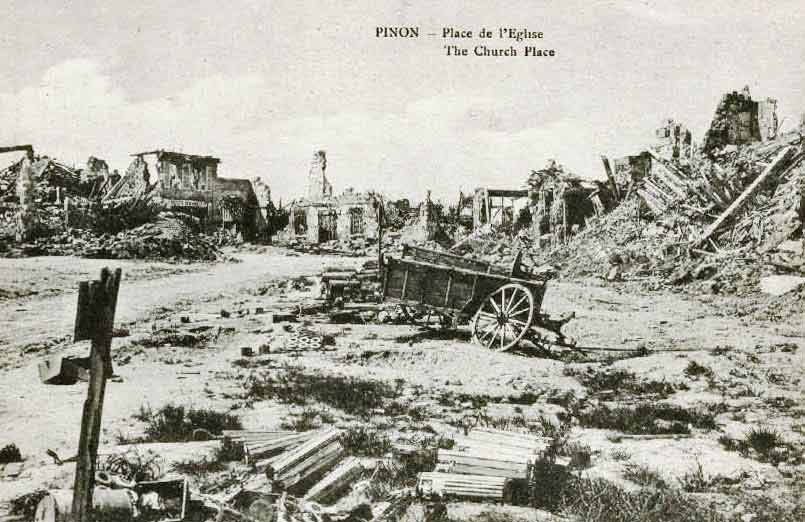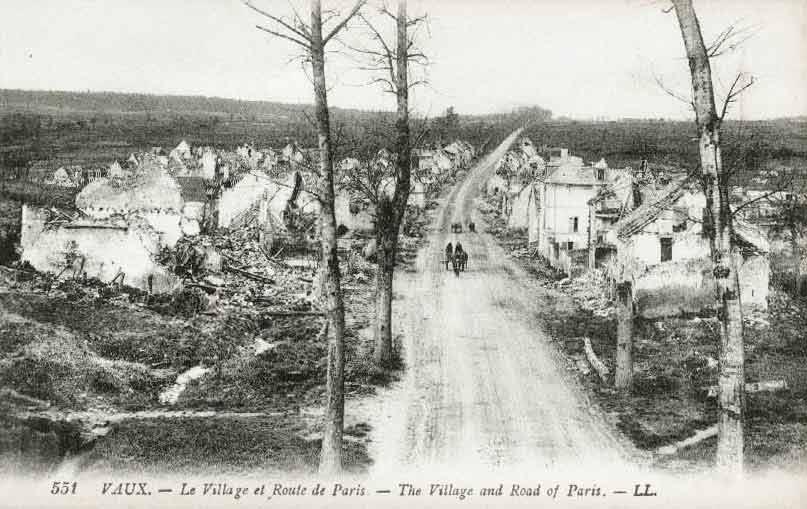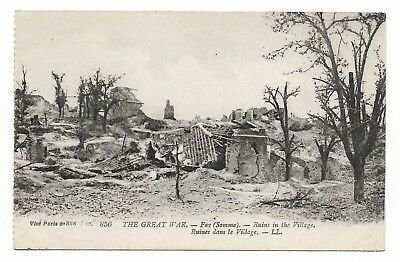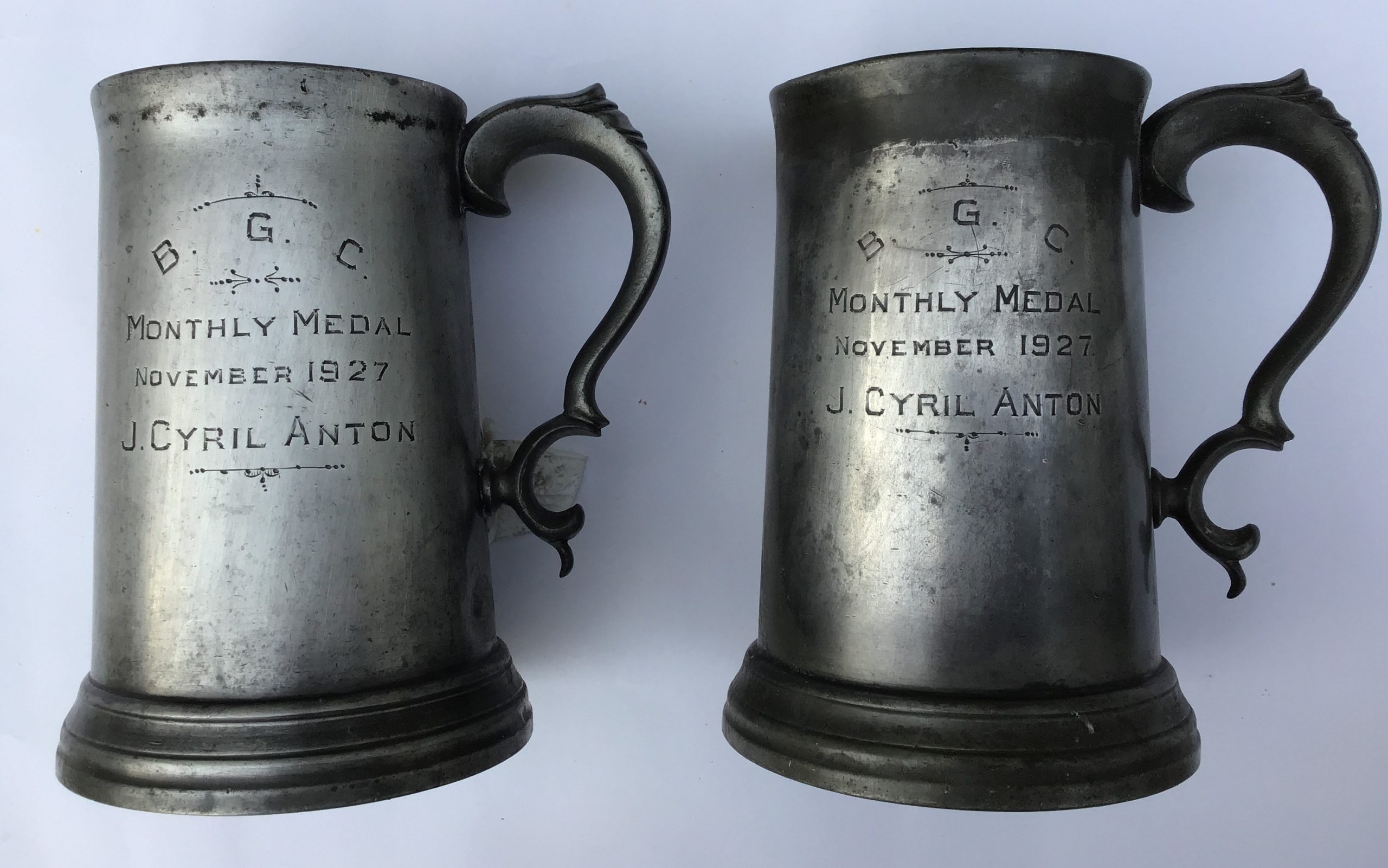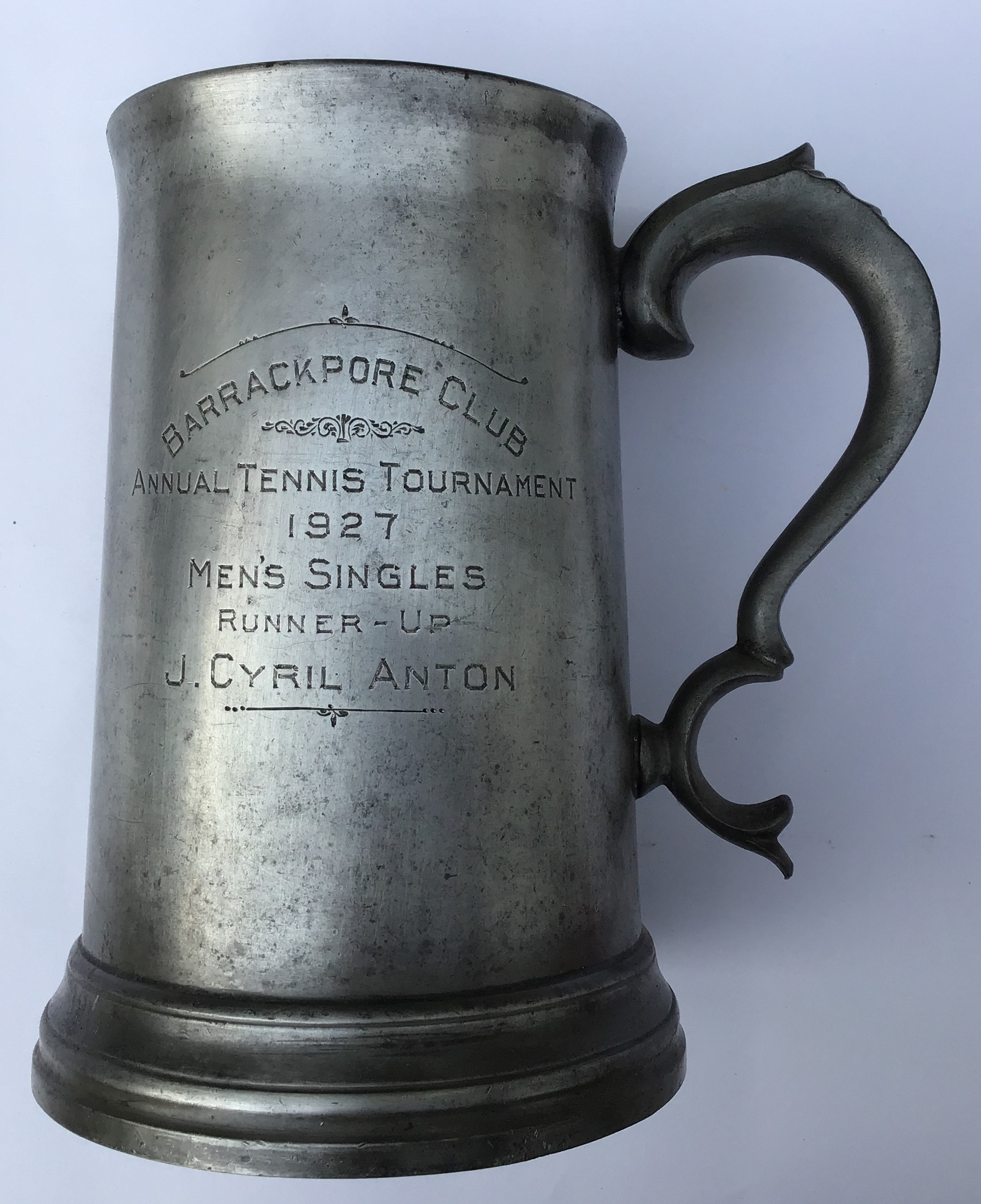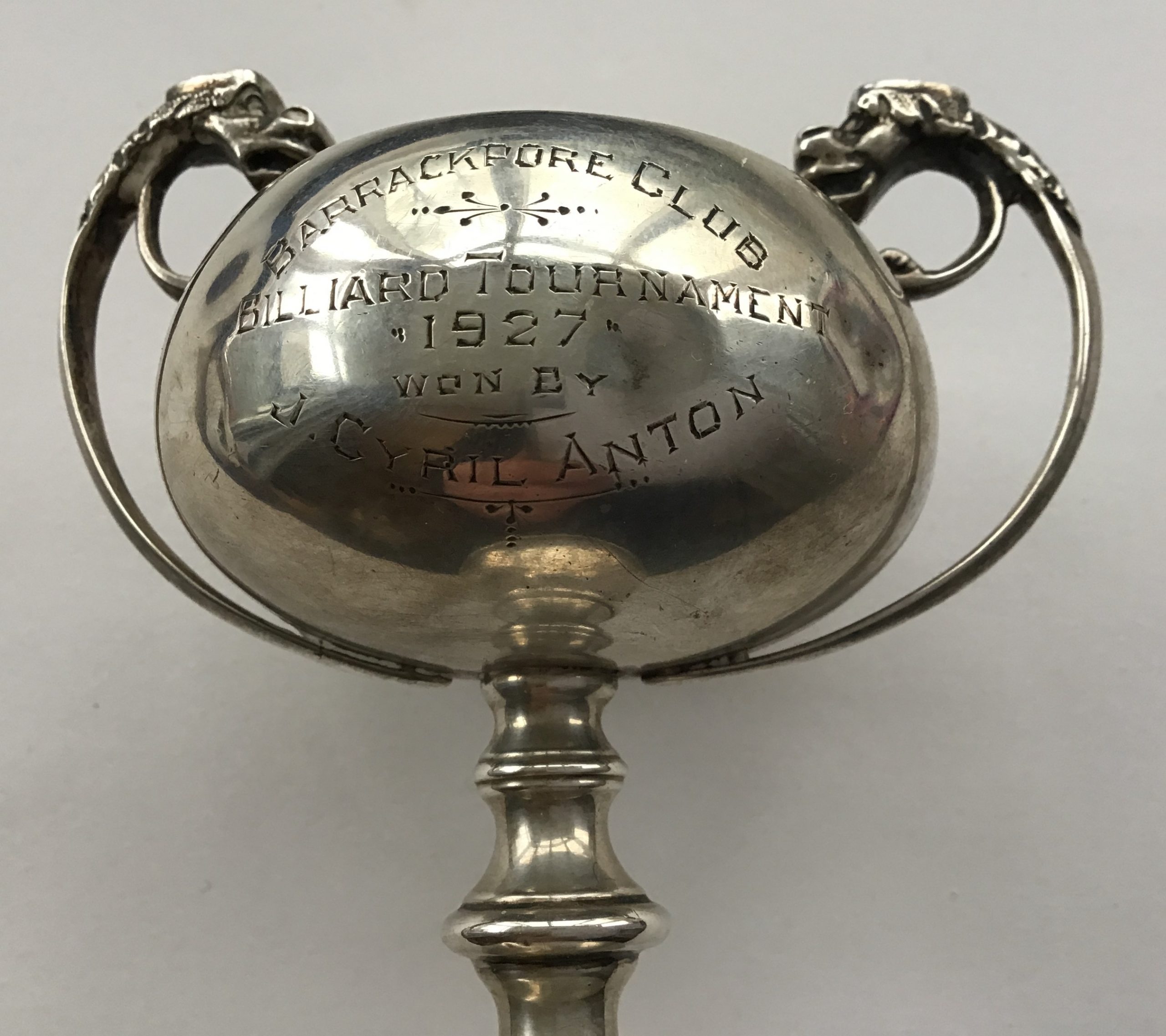The Possessions that came down to us
In other parts of this website, the message has been all about the ephemeral memories of long ago. But right now, at this moment, John’s possessions do not exist only in digital form. They are real, they are right here, all around John’s nephew’s family home – a living solid memory that John once lived and was loved, never to be forgotten.
But first we have to join the moment when John’s nephew encountered his grandmother (John’s mother) for the very first time.
Although I was named after John and, in a photograph from 1935, I am shown sitting on my grandmother’s lap, I never filled the emotional place that John did in my grandmother’s heart. The circumstance of my fall from grace was determined by my first meeting with her in Cheltenham Railway Station on the up platform from Southampton. The time is June 1940 and I am nearly six years old. This moment in time is forever engraved in my memory.
My mother should have warned me about who I was going to meet, so that I would have been prepared. I was a shy boy. There was a party of four waiting on the platform – two girls, Sheila aged 10 , smiling, mischievous and giggling, standing by me, then Gillian, aged five and more composed. Behind them, their mother, Isabel. I did not know who they were. My grandmother leant down towards me and in a kind voice said, “I am your grandmother, John.” I hung my head, looked down and in a petulant grouchy voice said, “I have plenty of grandmothers.” I had just said goodbye to my father’s mother a short time before. I had known her for many years and didn’t know I had another grandmother.
From that moment, I don’t remember another word said to me by my grandmother, other than to tell Sheila and myself that we were making too much noise. Her affections were transferred to pretty dark-haired Gillian who reminded her of her son. She left Gillian £100 in her will – a lot of money in 1943.
If I had not made that mistake, I often wondered if I would have heard more stories about my Uncle Jack. A short time later, after we had left the station, I was overawed by the seeming splendour of his family home, failing to see the shabbiness of it all. It was a tall house in the centre of a Regency terrace with three Corinthian pillars supporting the roof. The contents of the house seemed very grand, carved white marble fireplaces in all the rooms and the upstairs drawing room, into which the children were not allowed to go (except on Christmas Eve), there was a scene of faded magnificence, the thought of which still thrills me now.
A glittering chandelier, a ten-foot high gilt mirror on one wall, a rosewood grand piano, thick brocade curtains and many items of lovely furniture – all the relics of a wealthier life. My grandmother had lived there alone for many years, except for a retainer who lived in the basement – Mrs Toombs of the Catacombs, as we children nicknamed her.
There was evidence of John’s existence all around, as part of a family group of himself and his sisters; an old wind-up gramophone; did he and his sisters play music? There were a few records. The only one remembered was ‘A Room with a View’ but this wasn’t produced until 1928, well after John had left home. John’s portraits were everywhere. There was a full bookcase, very obviously all the books of boys’ adventures were John’s and many had his name inside. They included authors such as G A Henty. Sadly, all the books have been sent to charity shops not so long ago and we have no record of their names.
Below is a list of all the possessions thought to have belonged to John:
HIs photos and letters
You can see many of these on other parts of this website, but this one has been on continuous display in the family home.
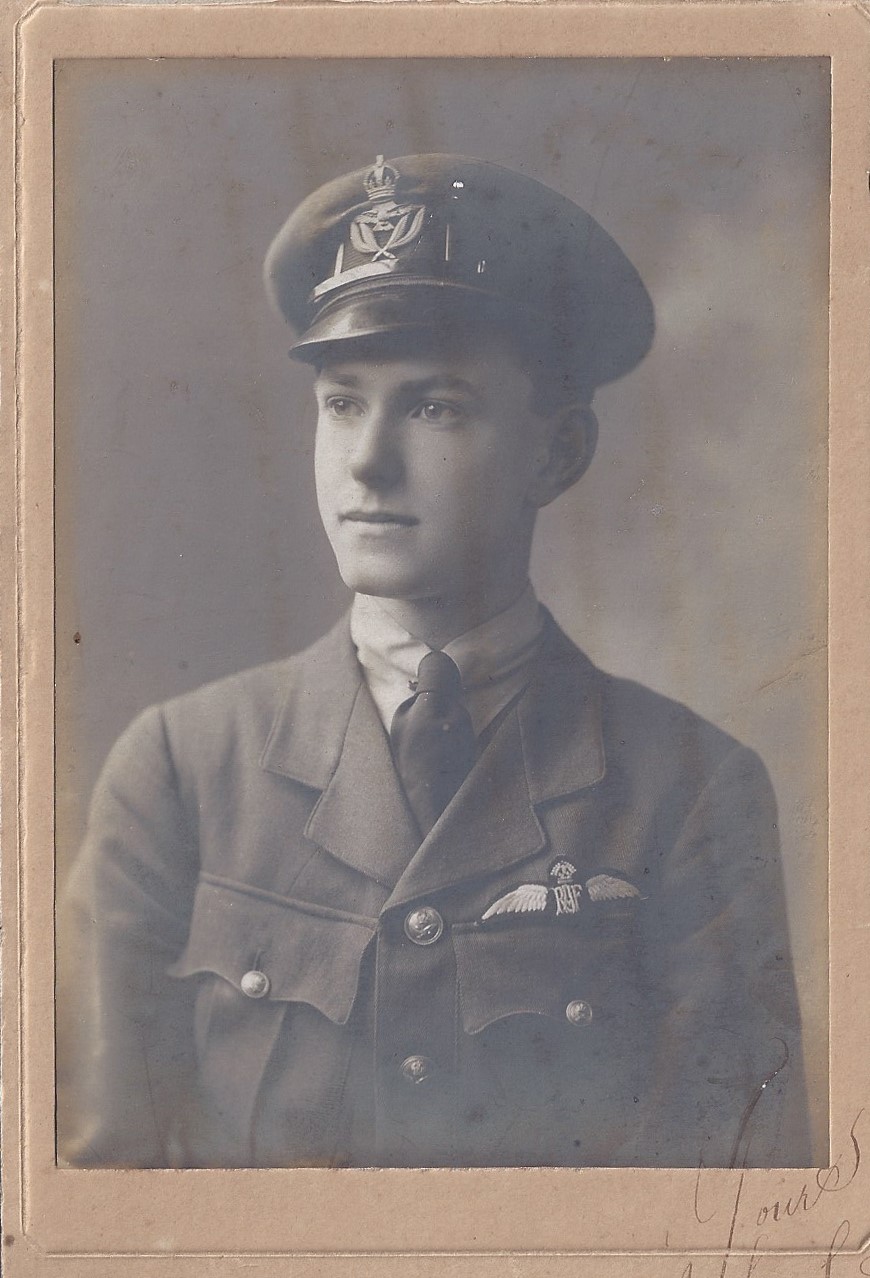
This one with the photo shown on the mantlepiece of John’s sister’s home, was taken in 1968, 40 years after John died. His billiards trophy is also on display (top right).
John’s wallet and pen
John’s nephew used the wallet while he was a student. Then his career took him to the tropics and he no longer wore a jacket except on formal occasions.
Likewise, the pen (with a gold nib) was used until superceded by ballpoint pens.
John’s camera
This camera was present in the house in 1940. There was no mention of this being John’s camera, but he must have had one. During the war, when it was impossible to buy any film, John’s nephew played with it and tried to persuade people he was actually taking their picture. No-one believed him.
John’s souvenirs from the war
The aircraft joystick (mentioned elsewhere on this site) – no photograph found.
The shell case shown here, used to store firewood. 13½lbs of solid brass, 8½” in diameter, 9″ high, marked on the base GFSP 19 and MR7 Sp4.
Why has this survived all these years? It’s not particularly lovely and to keep it polished is an effort. It hasn’t been cleaned for 50 years.
After the war, the contents of the drawing room were ruthlessly got rid of to be replaced, among other things, by a plywood cupboard for the American serviceman who was billeted with us, Lt Jolly. My mother remarked that she was surprised that the oil paintings did so well at auction. I still grieve for the loss of the things I remember – a gilt Georgian mirror overmantle in sections, which sold for £1.50, and a small inlaid table with a glass top; trinkets resided below on an olive green velvet background.
Why did she not also get rid of the shell case? I can only think that it was in some way connected to her brother, John. John’s nephew in his own way has been getting rid of old things, but he still keeps the shell case hanging around for the same reason. But for how long?
John’s sporting trophies
It is noticeable that John’s greatest success was in 1927, when presumably he was in top physical condition. Nothing from 1928.
The pair of pewter tankards – monthly medal from Barrackpore Golf Club, November 1927. Why two tankards?
Single pewter tankard – two pints – Annual Tennis Tournament 1927 – Men’s Singles Runner-up
All three tankards were made by Walter Looke & Co, Calcutta, Lahore and Delhi
The Silver Cups
John won the billiards tournament in 1927 and received this cup.
His nephew also remembers another silver cup of a similar size, but with a more fluted shape that stood on a little plinth of black wood, but the cup has not survived. There being no memory of what it was for, one wonders if the Barrackpore Club would have records of 1927 where John is listed?
The Indian Toy
Awaiting photo

